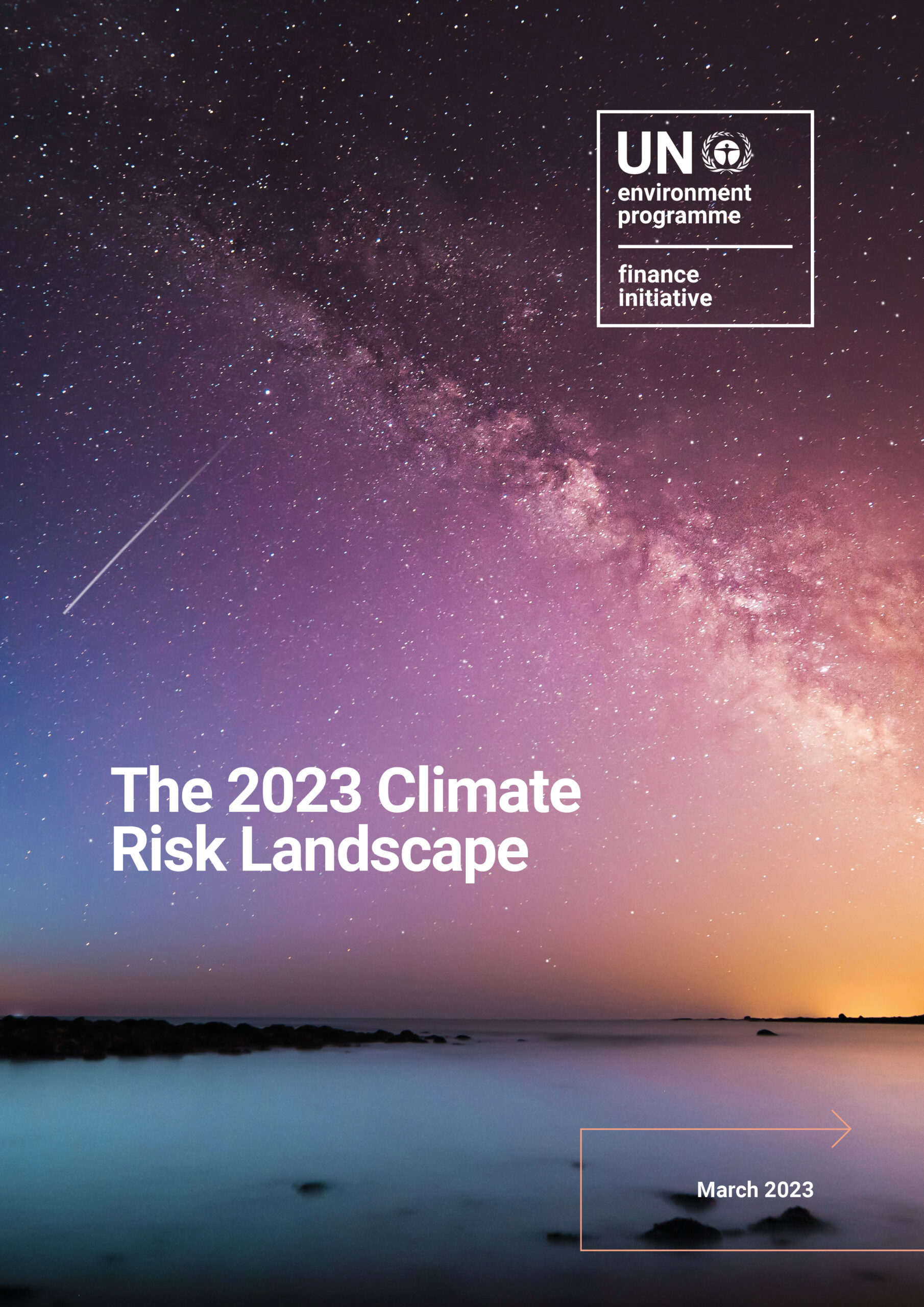Sebastian Bekker, Senior Programme Officer in UNEP-WCMC’s Nature Economy team, looks at how the ENCORE biodiversity module, a tool created in partnership with UNEP-FI and UNEP-WCMC, can help assess risks in the mining sector.
Why the mining sector matters for biodiversity
In order to achieve our ambitious global biodiversity goals as outlined at the CPD COP15 last week, we need widespread and concerted efforts to achieve positive outcomes for biodiversity.
The mining sector could potentially be a leader in this respect. Good sectoral standards and guidelines already exist on how to manage biodiversity (and ecosystem services). However many of these may be new to finance sector actors who are seeking to identify and manage the biodiversity risks created by their investments in the mining sector. The loss of biodiversity, and society’s response to it, creates material risks and opportunities for banks, asset owners, asset managers and insurers.
The ENCORE biodiversity module can help to build the bridge between financial institutions and mining companies. By providing an initial screening at the portfolio level, it gives financial institutions the basis for initial biodiversity-focused engagement discussions with companies.
- ~40 per cent of mining activity globally occurs in ecoregions with strong declining trends in integrity. Adopting net gain commitments within the mining sector can contribute highly to achieving global biodiversity goals.
- 50 per cent of the mining sector’s potential for reducing species extinction risk lies with just ~ two per cent of mines globally. Ambitious biodiversity management within these locations is crucial for avoiding species extinctions. All other mining sites need to ensure at minimum that they have no negative impact on biodiversity.
Mining available asset level data
When developing the ENCORE biodiversity module, it was relatively easy to develop a method for mining, as asset level data is available. By asset level data, we mean data on the locations of physical structures or land owned and/or operated by companies.
Asset-level data for the mining sector tends to refer to the locations of specific mines as well as who owns/operates them. Such datasets are often developed and curated by environmental, social and governance (ESG) service providers. However, companies themselves will sometimes also have their own datasets denoting the locations of their mines.
How the ENCORE biodiversity module can help financial institutions assess risks in this sector
- The module enables financial institutions to assess to what extent their financial activities in these industries are potentially driving species extinction risk and ecological integrity risk. The module then provides engagement guidance on the minimum level of biodiversity management practices required in order to be considered aligned with global biodiversity goals.
- The ENCORE biodiversity module is an extension of the existing online ENCORE tool. A powerful knowledge base, the ENCORE tool already enables financial institutions to take the first steps towards identifying nature-related risks in their activities by setting out how economic sectors depend and impact on nature.
The biodiversity module aims to help financial institutions work towards answering the following questions related to biodiversity impacts in their mining portfolio:
- What is my current mining portfolio’s potential to reduce species extinction risk and ecological integrity risk?
- What are potential pathways for positive impact within my mining portfolio?
- What types of actions can I take to increase the alignment of my portfolio with global biodiversity goals?
Broadly, biodiversity performance of a mining portfolio and alignment with global biodiversity goals is determined through exploring a portfolio’s impact on ecological integrity and its potential to reduce species’ extinction risk.
BNP Paribas Asset Management started using the ENCORE biodiversity module to explore to what extent their financial portfolio indirectly drives species extinction risk and impacts ecological integrity for the mining sector.
Julien Bouyssou, ESG analyst, BNP Paribas Asset Management said:
“This high-level assessment is a first step toward a better integration of biodiversity loss risks in our investment decision process and the on-going discussions to enable the access to asset-level information should also provide a unique opportunity to engage with companies.”
Next steps for biodiversity data and action in the mining sector
The ENCORE biodiversity module will be updated in line with the Global Biodiversity Framework recently agreed at the UN Biodiversity summit, COP15.
- The sector should adopt and make best use of the Taskforce on Nature-related Financial Disclosure framework – currently being trialled and refined and due for final release in September 2023
- Biodiversity risk goes beyond primary industries like agriculture and mining. All industries are exposed and must increase their awareness and take action; even those with little exposure to direct risks are indirectly exposed through their supply chains. Collaboration between biodiversity data holders, businesses, financial institutions and holders of company location and pressure data is essential.
Find out more about how the ENCORE biodiversity module can help assess risks in the agricultural sector in this new video.
Visit ENCORE to find out more about the tool.


